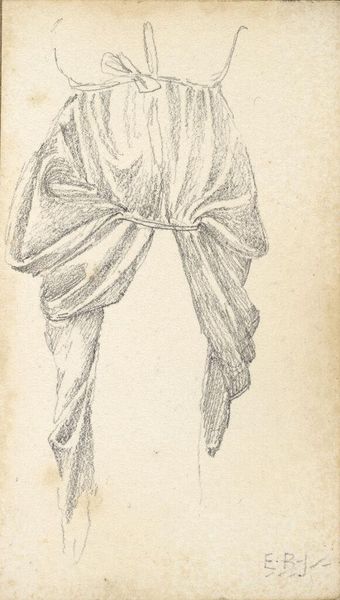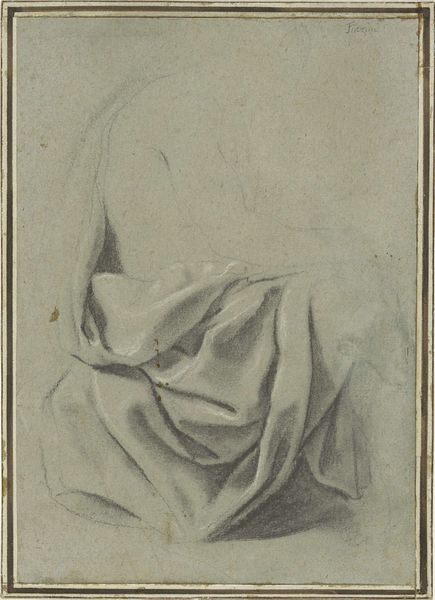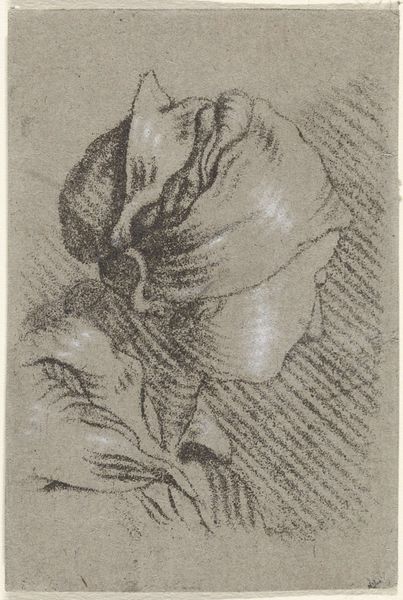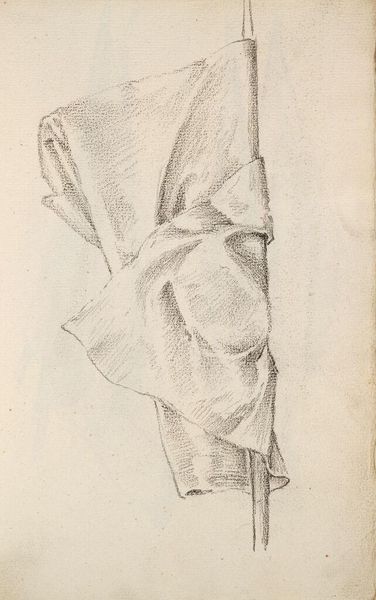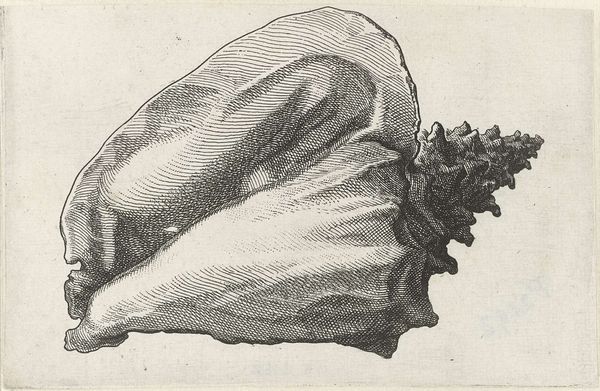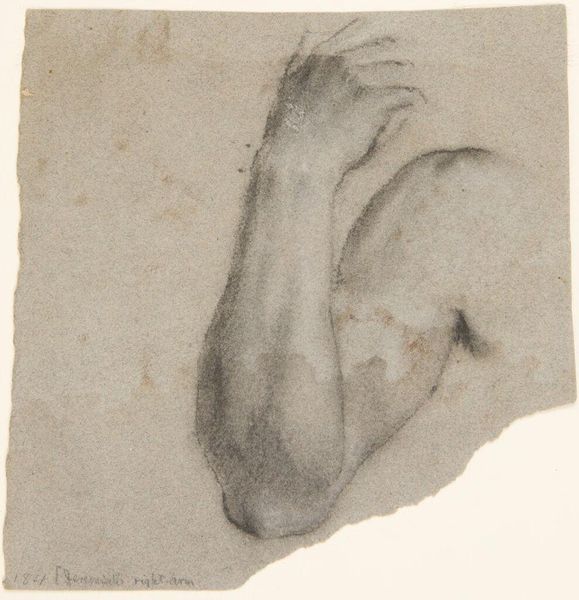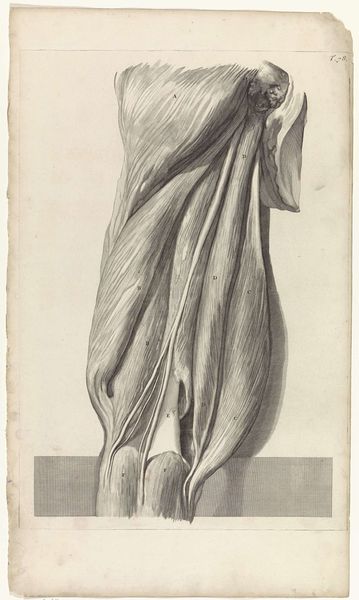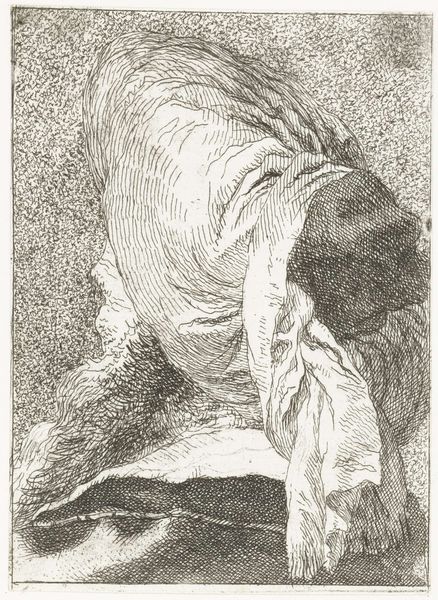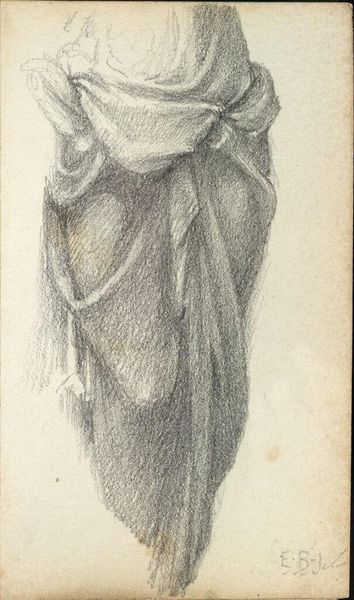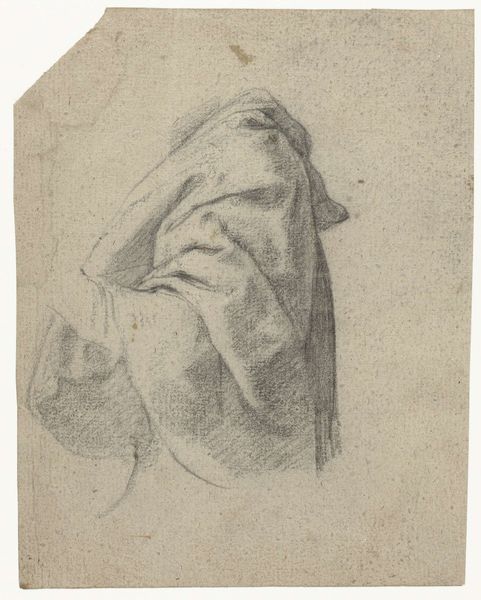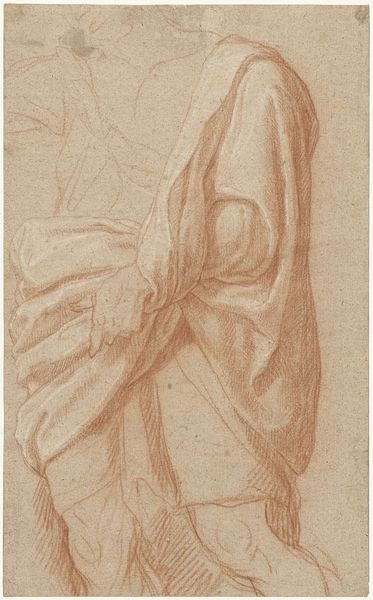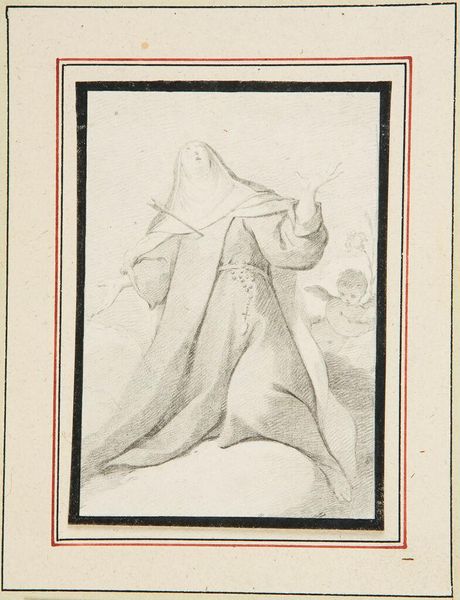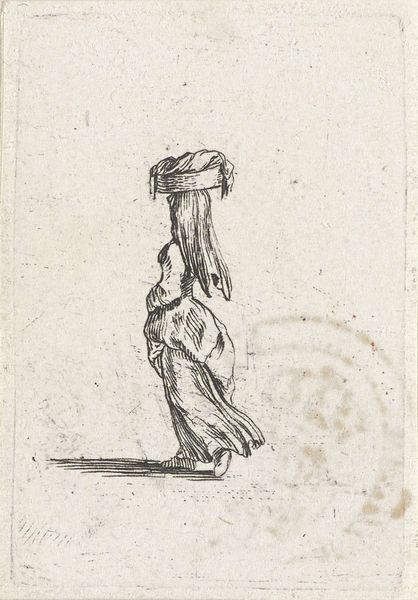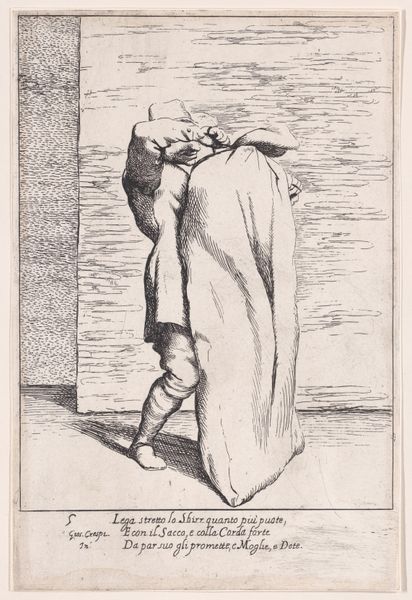
drawing, dry-media, pencil
#
portrait
#
pencil drawn
#
drawing
#
light pencil work
#
pencil sketch
#
figuration
#
dry-media
#
pencil drawing
#
pencil
#
pencil work
#
academic-art
#
realism
Dimensions: height 144 mm, width 128 mm
Copyright: Rijks Museum: Open Domain
Editor: Here we have "Study of a Sleeve with a Hand," created sometime between 1770 and 1825 by Simon Andreas Krausz, rendered in pencil. There's something quite haunting about its simplicity. What do you see in this piece? Curator: Beyond the beautiful rendering of fabric and form, I see a glimpse into the restrictive social structures of the late 18th and early 19th centuries. Think about who this hand likely belonged to: a member of the aristocracy or aspiring bourgeoisie. The sleeve itself becomes a symbol of confinement, literally clothing, but also socially and politically binding. What labor might this hand have avoided? Editor: That’s a fascinating angle. I was focusing on the technical skill, but now I see how the choice of subject matter, a study rather than a finished portrait, might subtly critique those rigid societal expectations. The hand seems almost powerless. Curator: Exactly. Consider the philosophical shifts occurring during this period, the burgeoning Enlightenment ideals questioning inherited privilege. This drawing, even as a study, could be interpreted as a quiet commentary on those power dynamics. The detached sleeve and hand remove agency. Where is the body? Who controls the narrative? Editor: So you're suggesting it’s not just a practice piece, but potentially a reflection on the limitations imposed on individuals, perhaps specifically women, by their social standing and gender? Curator: Precisely. And consider the medium: pencil, easily erased, easily concealed. Is that a subversive act in itself, a whisper of dissent instead of a roar? It demands that we consider whose stories are being told, and whose remain hidden within the folds of history. Editor: That’s really given me a lot to think about, particularly in terms of how art, even seemingly simple studies like this, can engage with complex social and political issues. Curator: It shows us that the personal is political, and the political seeps into even the most ostensibly objective exercises. Always question the context, the power structures, and whose voices are amplified, or silenced.
Comments
No comments
Be the first to comment and join the conversation on the ultimate creative platform.
